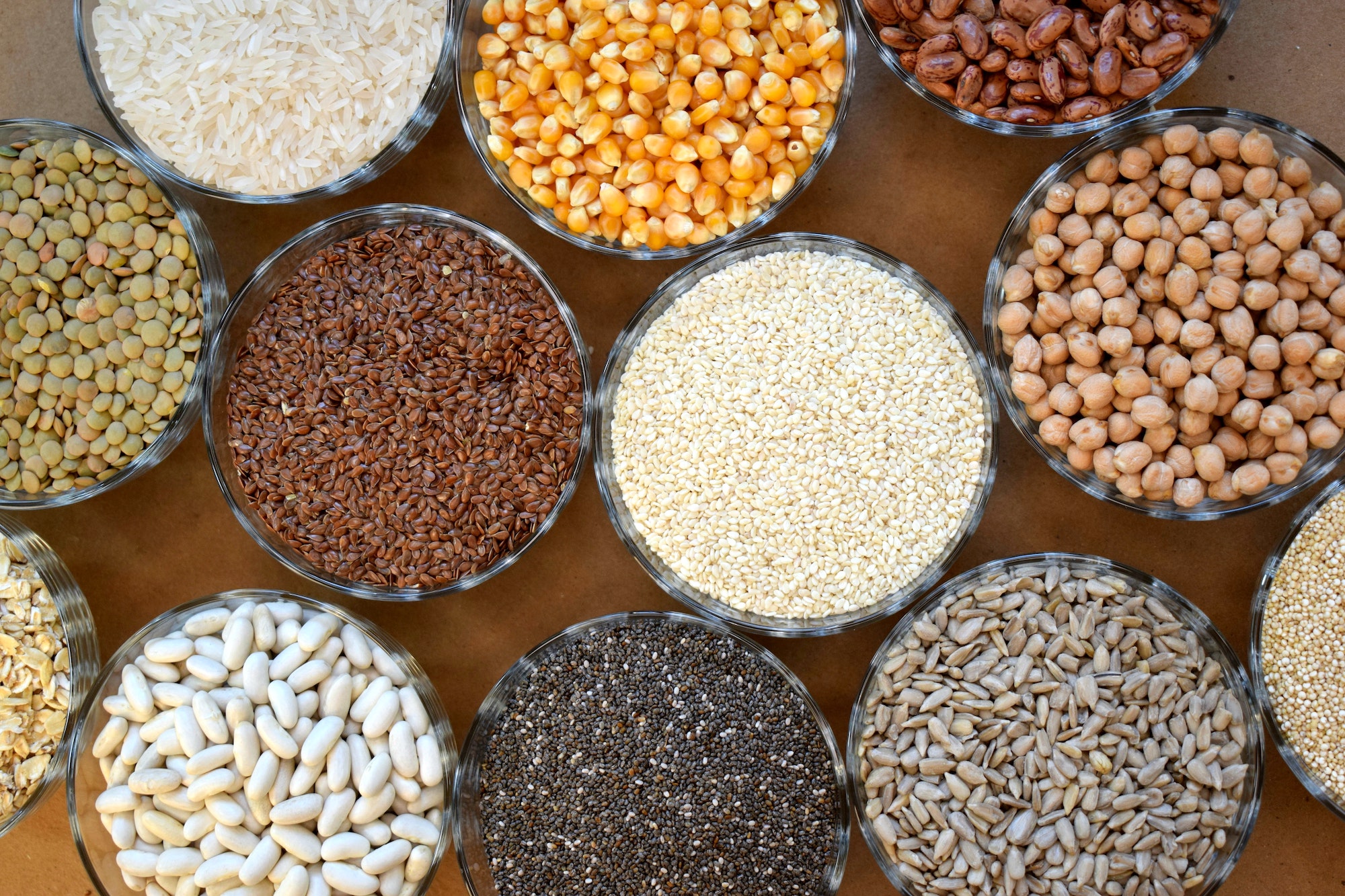More than ever, our consciousness reminds us to take a healthy look at life and make decisions to improve our well-being and diet. Whole grains are the superfoods for dietary wellness, containing vast amounts of fiber and vitamins compared to refined grains. Slowly yet surely, ancient grains are moving into the stoplight and lifting creative dishes to a whole new level.
The term “ancient grains” is not as defined as it sounds although most have a common trait; that it is a crop that has not been touched or improved by farmers for centuries. These grains date back to the earliest times when humans went from carnivores to farmers, understanding the possibilities of planting grass in open land to serve nutrition when hunting was hard or near impossible. Up to the present day, this category of grains has had little to no modifications.
I have been an advocate of whole grains for quite some time. Given my trade and profession, understanding and controlling your personal diet is of utmost importance. Incorporating these ancient ingredients in any diet yields amazing balance, nutrition, and immense flavor.
Sorghum, barley, teff, freekeh, and kamut—five of my most favorite ancient grains—all have their individual identities and can be prepared like most other grains. Yet what sets each apart is its individual texture and flavor.
Sorghum, which originated in the banks of Africa, is a stable crop that can withstand arid conditions. The grains are small and hard yet when cooked have a distinctive chew and mouthfeel.
Barley, although not belonging to the “ancient grain” family, is one of the oldest in terms of domestication. Barley is prized for its versatility and ease in cultivating. It is used widely throughout the world as an ingredient in many dishes (haggis, black pudding, stews, soups), a fermentable ingredient (beer, vinegar) and animal fodder.
Teff, a highland grain originating in Ethiopia, is strong and versatile and has the ability to grow in arid and wet conditions.
Freekeh is made from roasting young durum wheat kernels, giving it a unique texture and taste. Originating from the North African peninsula, its cultivation and process moved swiftly to the Mediterranean.
Kamut is a large-sized ancient grain with origins in Iran. These beautiful morsels of grain are prized for their spring-back bite and nutty tones of flavor.
Cooking grains is as simple as cooking rice, although water content varies depending on cell structure. A general rule when cooking them is to let them soak in water overnight. This process will soften the outer shells and produce a more delicate texture when cooked. The characteristics of these grains beg to be enhanced with beautiful flavor combinations and pairings. Adding cinnamon bark and bay leaf to the cooking process is a great way to achieve a base level flavor, a foundation on which you can build to achieve the perfect ancient grain dish.
Originally published in F&B Report Vol 13. No. 4





